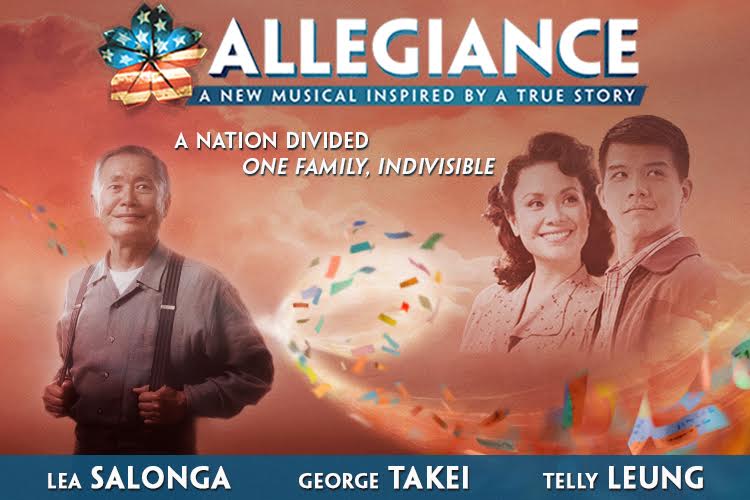
NOTE: A full version of this post with more from Takei as well as cast members and producer, as well as videos from the musical, was originally published on Dec. 7, 2015.
After a November performance at the Longacre Theatre in New York’s fabled Broadway district, George Takei and other cast members answered questions about their powerful musical, “Allegiance.”
“I remember we started the school day, each day, with the Pledge of Allegiance to the flag. I could see the barbed wire fence and the sentry tower right outside my school house window as I recited the words, ‘with liberty, and justice for all.’”
Takei recalled his experience as a child, sent with his entire family to a concentration camp along with more than 110,000 people of Japanese descent during World War II – including, like Takei, half who were born in the US and therefore American citizens.
At age 78, Takei made his Broadway debut in the musical, which tells the story of Japanese American incarceration inspired by Takei’s childhood. The parallels between the 1940s incarceration and the national mood today are striking. Talk of banning Muslims, and citing the Japanese American incarceration of 75 years ago as a “precedent” for creating a Muslim registry, rings some serious alarms for anyone who’s studied the wartime injustice.
Takei has spoken out eloquently on his vast social media networks in response to the current hate-filled climate.
Educating the public about what happened to Japanese Americans, who were removed from the West Coast and sent to nine concentration camps as far east as Arkansas, is one of Takei’s lifelong goals. His family spent the war years in Rowher, Arkansas.
“I’m always shocked when I tell the story (of Japanese American incarceration) to people that I consider well-informed,” he said, “and they’re shocked and aghast that sometime like this could happen in the United States. It’s still little-known. So, it’s been my mission to raise the awareness of this chapter of American history.”
“Allegiance” accomplished Takei’s goal with Broadway grandeur that matches any hit musical, with songs that soar and tug at heartstrings, tight choreography and a storyline that is familiar to many Japanese Americans, but not to the public at large.
The musical ran for several months on Broadway. And now, it’s being screened across the country in movie theaters on Tuesday, Dec. 13.
Continue reading →
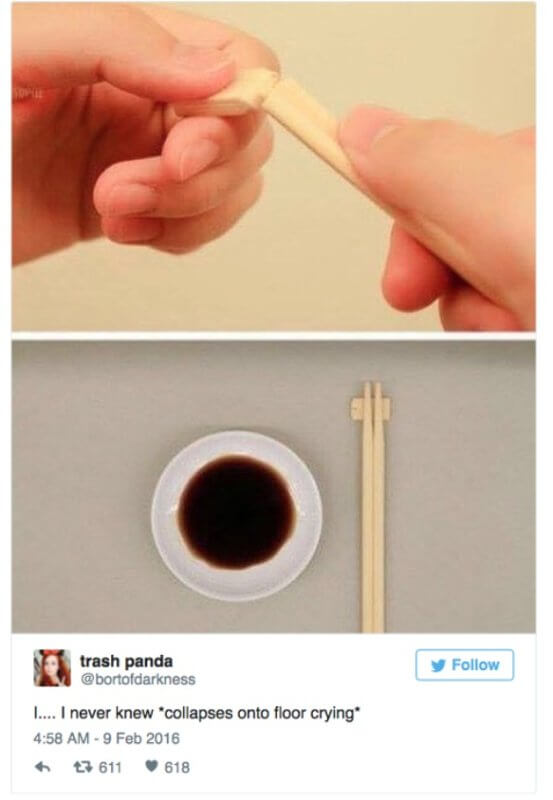 Here’s a query from Facebook, where someone shared a story about how the blocky end tips of disposable chopsticks are meant to be snapped off and used as chopstick holders on your table (image to the right).
Here’s a query from Facebook, where someone shared a story about how the blocky end tips of disposable chopsticks are meant to be snapped off and used as chopstick holders on your table (image to the right).



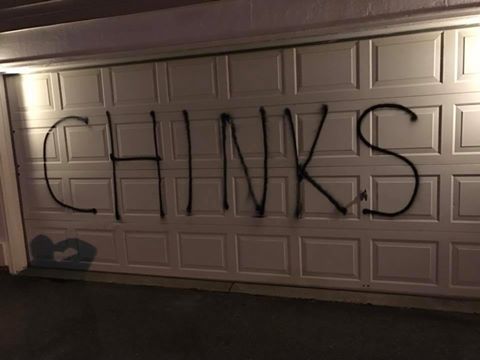
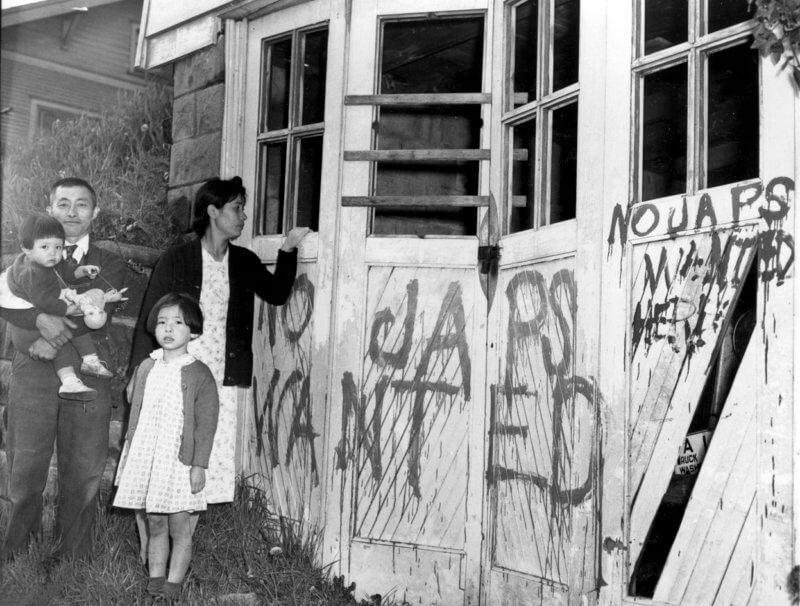
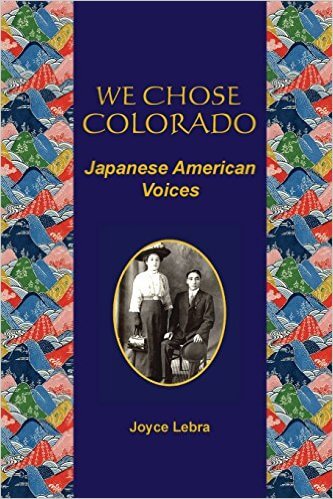

 The slope just got a little slippery.
The slope just got a little slippery. 





